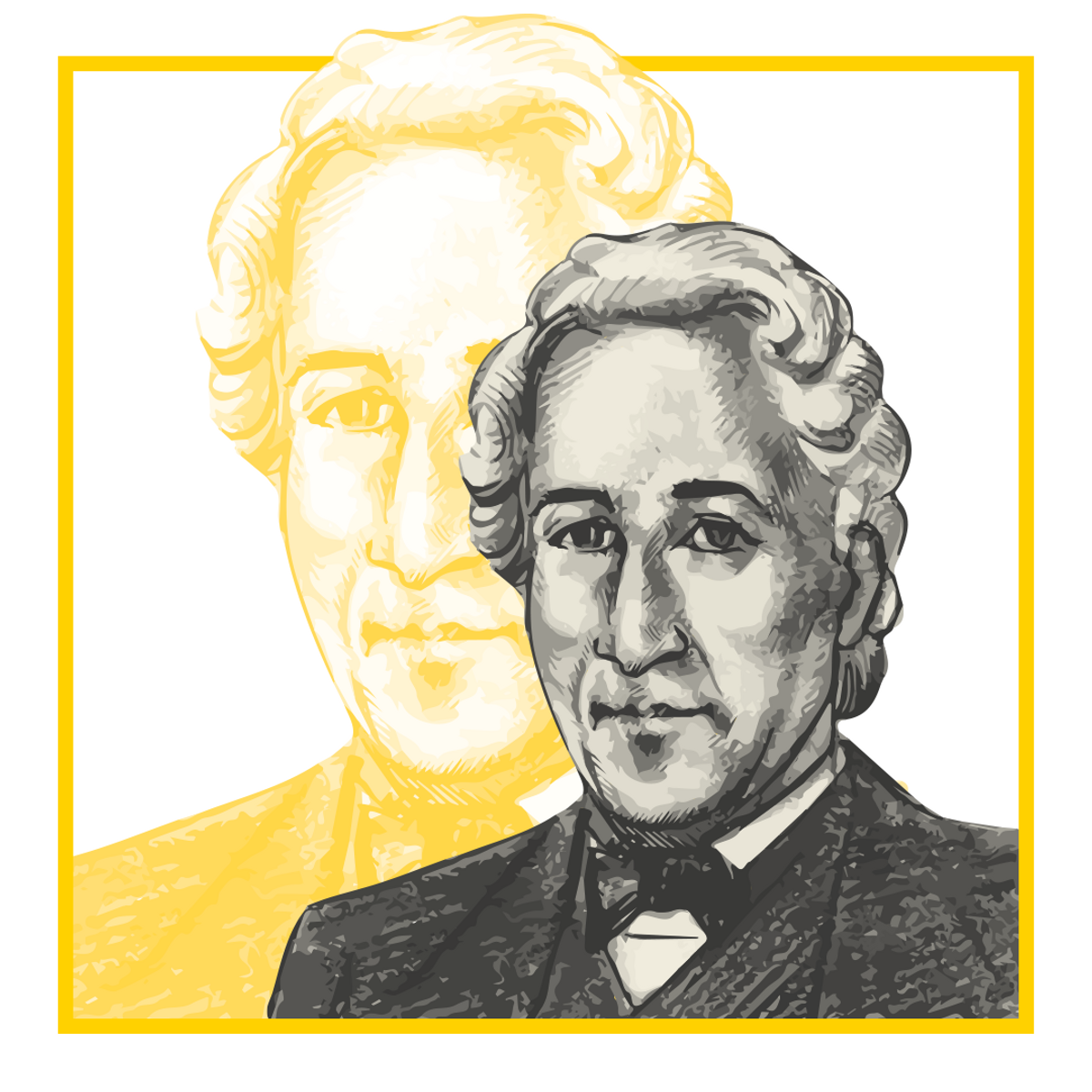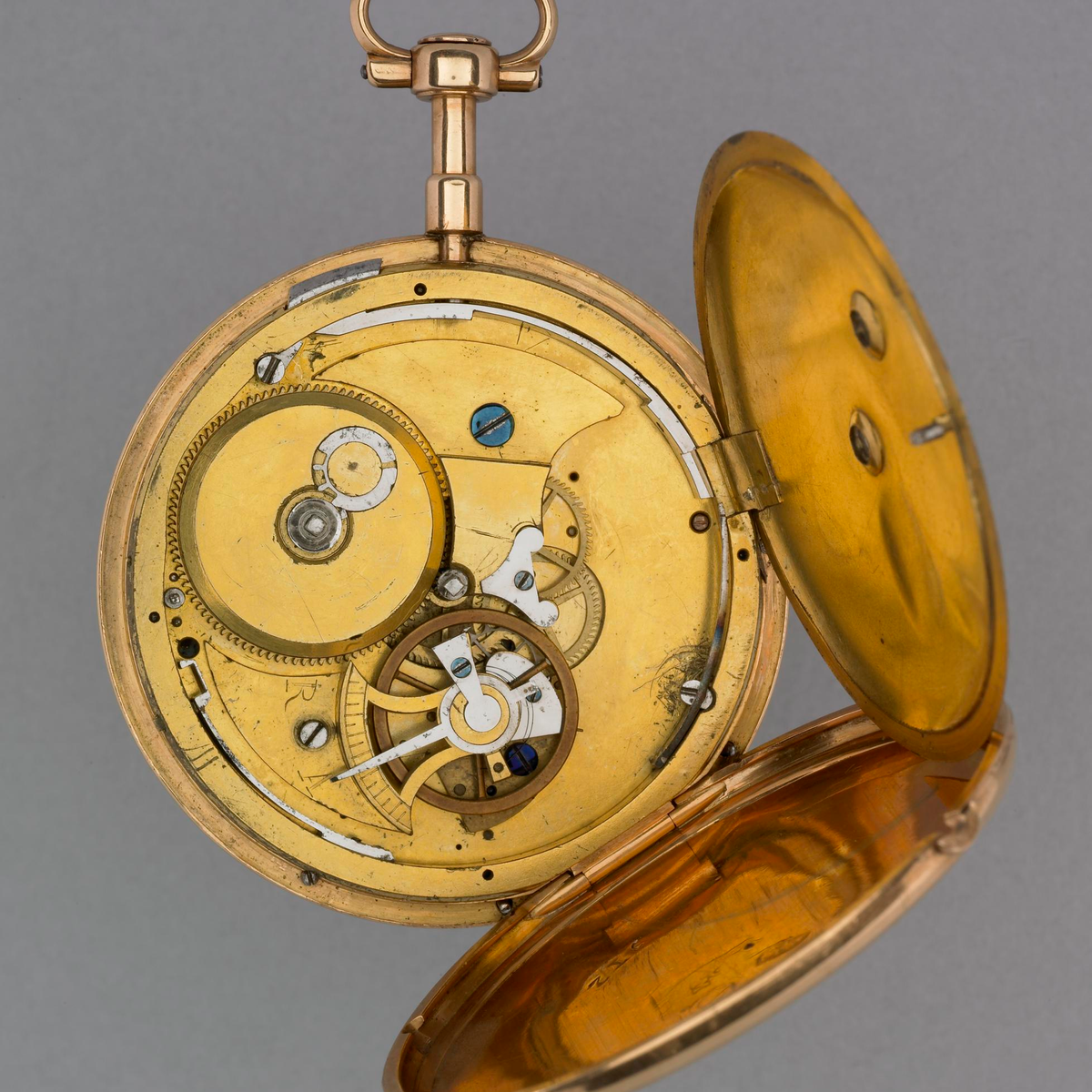Jean-Antoine Lépine was born in Challex, in the French Pays de Gex region, in 1720. His love of all things mechanical made watchmaking a natural choice, learning his trade under a certain Monsieur Decrose, watchmaker in Saconnex, near Geneva. But Jean-Antoine Lépine had loftier ambitions. At the age of twenty-four, he travelled to Paris where he became acquainted with André-Charles Caron, horologist to the king, whose daughter he married in 1756 (Caron also had a son, Pierre-Augustin, future Beaumarchais). On his marriage, Jean-Antoine Lépine became his father-in-law’s business partner and remained so until 1769. Throughout these fifteen or so years, Lépine enjoyed the support and financial means to pursue his innovative ideas in watchmaking. As his fame and reputation grew, he was able to present certain items to Louis XV, including an astronomical watch with equation of time and perpetual calendar. Suitably impressed, the king appointed Lépine as royal watchmaker - a title he retained under Louis XVI and again under Napoleon I. During his various tenures, he produced some twenty clocks. Circa 1770 Jean-Antoine Lépine became the director of Voltaire’s workshops, handing over the reins of his own business to his son-in-law in 1783.
Apart from his astronomical complications, Jean-Antoine Lépine is best remembered for the calibre that bears his name. This revolutionary construction abandoned the fusee, while the top plate, with its pillars, was replaced by separate bridges to hold the various wheels. This new configuration, which gradually extended to a cylinder escapement, meant the balance wheel could be positioned next to, rather than on top of, the geartrain. The Lépine calibre paved the way for much thinner watches and was rapidly adopted. Late in life, Jean-Antoine Lépine would claim to have invented the virgule escapement, although this was disputed by his brother-in-law, Beaumarchais, and by Jean-André Lepaute, horologist to the king.
c. 1770
Invention of the Lépine calibre, leading to thinner watches. Rapidly adopted, it equips every modern mechanical watch.
c. 1780
Perfected Jean-André Lepaute’s virgule escapement.

